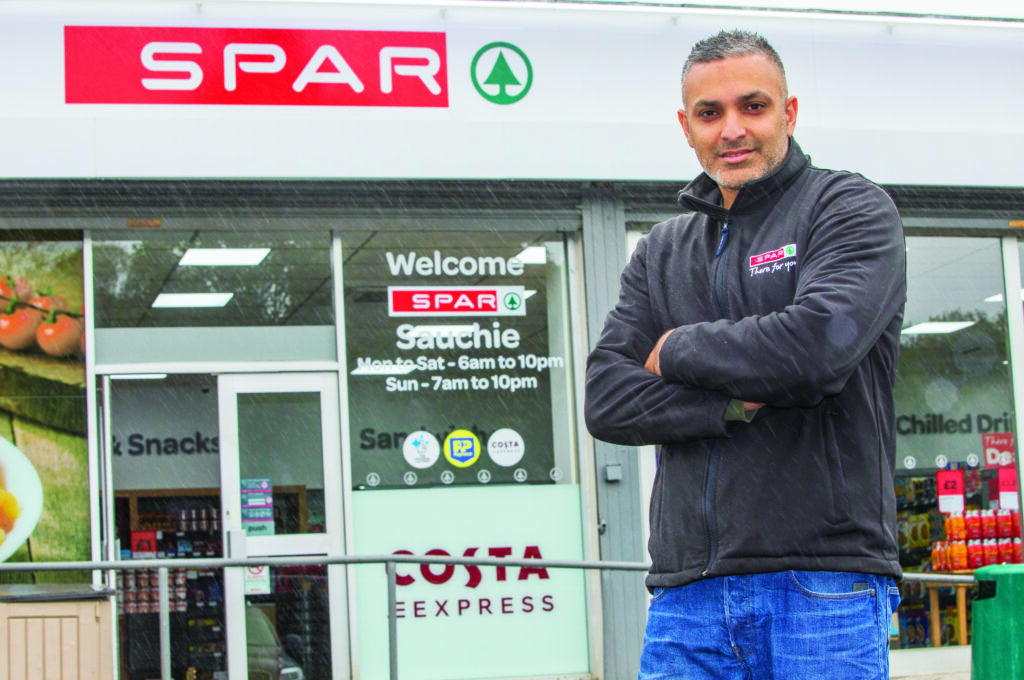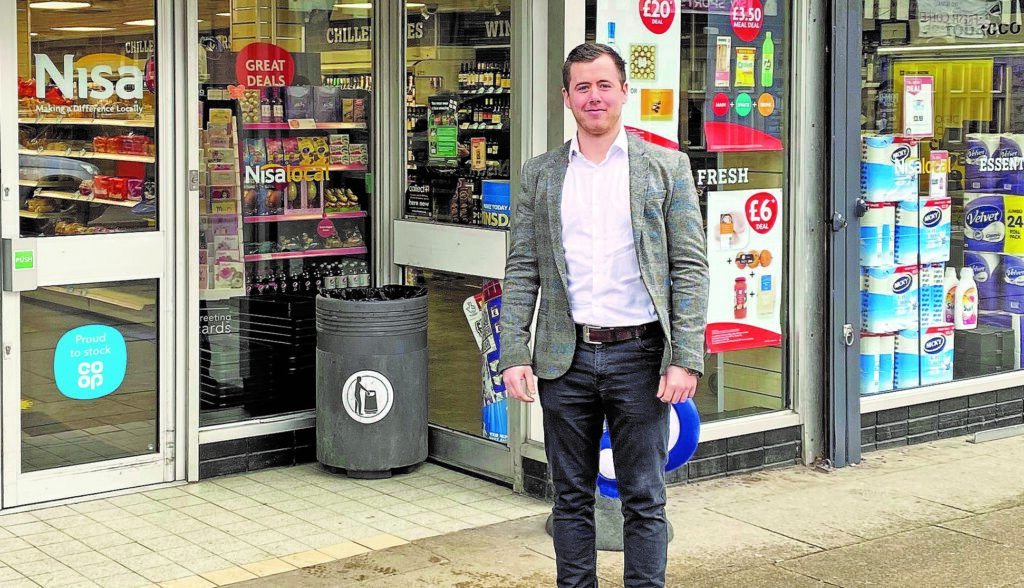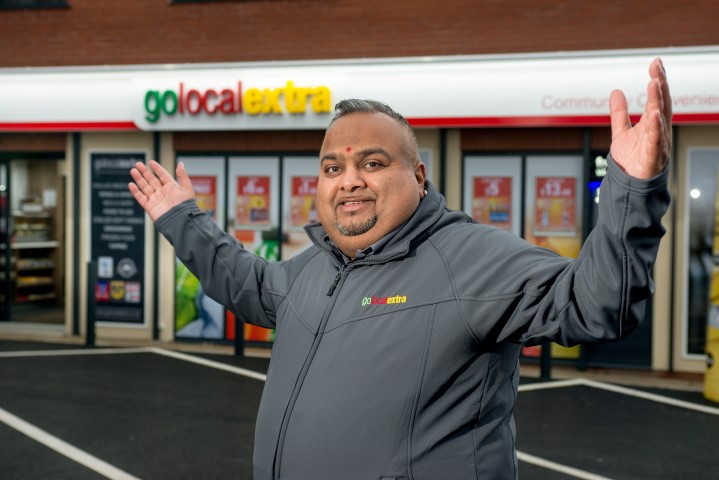Whether you’re looking to expand the footprint of your existing store or hoping to acquire a second site, it’s important to understand the steps that need to be taken. In a recent issue, the RN team found out what they are.
For many retailers, running one store takes up enough of their time and resources. But for others, the opportunity to take on a second, third or even fourth store is a long-held ambition. Alternatively – or additionally – making a store bigger is also a step worth taking in the eyes of many retailers. In order to achieve this, however, it is essential to have the building blocks in place at your original site.
“The first thing you’ve got to do is get the basics right in your first site,” says Sasi Patel, who runs four stores in Manchester. “You should be expanding because your first site is doing well and you’ve got money to invest. Your first store should be set up to self-manage. Once you get that infrastructure right, you can move onto the second site.”
Once you are in a position to make that move, then the search for the new site can begin in earnest, with a number of aspects to be taken into consideration, including the local demographic and the current state of the store in question. You need to know what that store’s potential is and work out how you’re going to realise it. “People think it’s simple a matter of joining a group and getting a shopfitter in,” says Shakeel Arshad, who runs two stores in outside Stirling and is about to open a third. “But the fundamentals aren’t learned behind the till. It’s much more than that, and it needs to be learned over a long period of time.”
As well as understanding what the store you’re purchasing is like, it’s also important to understand the area you’ll be working in. Patel owns four stores in Manchester and before he purchased each of them, he drove to the place, parked the car and turned on Google Maps. “I want to see a lot of chimneys in walking distance,” he says. “That’s your local customers who’ll walk to your store rather than getting in the car. Then, if you’re close to the high street, you can get another demographic as well.”
Learn the fundamentals first
Shakeel Arshad runs Spar stores in Sauchie and Alloa, and previously ran five stores before moving to Glasgow. According to him, a retailer shouldn’t consider opening a second store until they’ve been in their first for at least four years. That’s the time it takes to understand the fundamentals of the business and to put together a workable business strategy.
“People come in with no forecast figures and then wonder why they fail,” he says. “When you go into a business with one store, examine every angle of it, because when you buy a second store you can’t divide yourself in two.
“If you don’t know what’s going on, your staff can take advantage. If you employ a manager who knows the business better than you, that’s not a good position to be in. Don’t rush. Running a business day in, day out, is not easy to learn.”
Look for places that will work
David Sellers, of Nisa Local Market Square in Sheffield, hopes complete his third store in Hull by the end of May. As someone with a view to acquiring two more sites by the end of this year, he thinks it’s important to look at places with solid pre-existing infrastructure.
“My Sheffield and Hull stores are ex-McColl’s sites, so I had reliable figures from them. The issue trying to buy from total independents is getting accounts to match up to what people are paying.”
Additionally, he says, having a good manager already in place to get a new site up and running removes potential headaches. “Most independent retailers are independent and run their own stores with a couple of behind-the-till staff. “I’m focused on growing the estate, so not having to be in the new site every day to train a new manager makes things a bit easier.”
Oversee the building of the store
On his second store, Sasi Patel – who now runs four stores in Manchester – got in early to talk to the developers of a new piece of land. A simply phone call got him the information he needed and enabled him to start the dialogue with the landlord directly. He teamed up with Parfetts, which gave his bid for the site added ballast in the eyes of the developers and enabled him to influence how the store was set up.
“The developers had a tenant before it was even built and over eight months of development I was allowed on site at every milestone to make sure it was going to complement my business,” he says. “We got the shelves exactly how we wanted them and pushed the cash machine right into the corner.
“It was getting that early relationship established with the landlord, Parfetts and myself which put in a good foundation.”
Be prepared to put in the work
Gabriela Zapanova, from Ella Supermarket in Redbridge, Essex, is in the process of expanding her store into the space next door to double its size. The space has been bought already and the aim is to focus on Polish and Bulgarian food and drink to cater for her mostly Eastern European clientele.
“It’s important to speak to your customers. We want to make it a kind of Eastern European supermarket with everything in the system from bread to beer.”
She is still going through the conversations with Redbridge Council and doesn’t expect to have the extension open until next year. “We have to wait for them to decide how it will work and go through the paperwork,” she says. “It’s a challenge, because I’m already doing so many things. I’m in the shop and I’m running my own business. But I’m doing well. If life gives me opportunities, I can handle them.”
Consider other options
While most retailers would like to see their second site as another business that they can run themselves, for Andrew Dunning, from Stanwix News in Carlisle, his second site is instead let out to other businesses on a popup basis. This keeps things uncomplicated for him, and brings in extra revenue and entirely different customer groups into his area.
“The demand is tremendous,” he says. “The space is booked until Christmas. We don’t have any fast rules with it. It’s a fixed rate and we run it relatively cheap. We’ve got a fellow in there selling ties, and before that we had people who sold crafty pottery. It’s been used as an advertising space because it’s a good shop window.”
Dunning does a bit of work promoting his new renters on his social media, but generally leaves the rest up to them. “It works incredibly well for us.”
Top tips for taking the next step
HAVE YOUR FIRST SITE PERFECTED: You will not be able to give your original store your full attention when you are looking for, setting up and helping to run a second site, so it’s essential to know that you can step away from it and it will continue running smoothly.
KEEP YOUR EYES OPEN: Even if you’re not looking for a store right now, always be on the lookout for places that might work. “My second store was a passing opportunity,” says Sasi Patel. “It was flat land I’d looked at for years and as soon as the developers’ board was up I was all over it, finding out what they were doing.”
CONSIDER THE MARKET: “The pricing in the market at the moment is crazy,” says Shakeel Arshad. “People are wanting to sell on the back of their Covid-19 sales, but you can’t sell a business based on the past 12 months’ turnover. It’s not worth that.”
GET THE RIGHT PEOPLE: You won’t be able to be at both stores at once, so make sure whoever is running either store in your absence has your complete confidence.








Comments
This article doesn't have any comments yet, be the first!